8 Different Types of Final Drives

George Yang | Founder at EPO
Hi, I'm George Yang, here to share my expertise in excavator parts with you.
Table of Contents
Are you wondering which final drive is best suited for your heavy equipment? Choosing the right final drive can greatly enhance your machine’s performance.
As a final drive expert, I understand the complexities of choosing the ideal final drive for your machinery. Let me guide you through the essential options.
Here’s a quick look at the 2 types of final drives:
- Hydraulic Final Drives
- Mechanical Final Drives
In this guide, we’ll explore 8 different types of final drives, from compact units to high-torque options. You’ll learn how each type serves specific applications.
So let’s get started!
1. Quick Comparison Chart
When choosing a final drive for your machinery, it’s essential to consider factors like power requirements, durability, and application-specific needs. Here is a quick comparison of 8 types of final drives to help you identify the best fit for your equipment:
| Type of Final Drive | Key Features |
| Hydraulic Final Drives | Provides high torque, features a compact design, transfers power efficiently, and has a durable construction for tough conditions. |
| Mechanical Final Drives | Offers direct power transfer, effectively dissipates heat, and includes durable sealing systems to protect components. |
| Electric Final Drives | Operates quietly, delivers instant torque, offers precise variable speed control, and features regenerative braking to improve energy efficiency. |
| Planetary Gear Final Drives | Distributes power evenly, provides flexible gear ratios, and has self-aligning capability for smooth operation. |
| Chain Final Drives | Transmits power efficiently, operates at high speeds, and has strong tensile strength to withstand tension without breaking. |
| Belt Final Drives | Offers thermal insulation, comes in various cross-section shapes, and allows lightweight pulley requirements for reduced stress. |
| Shaft Final Drives | Delivers direct power transfer, has high torsional rigidity, and avoids chain or belt stretching over time. |
| Double Reduction Final Drives | Utilizes a 2-stage gear reduction for higher torque, provides stable gear mesh and has self-locking capabilities for added safety. |
2. Hydraulic Final Drives
Hydraulic final drives are essential components used in heavy machinery like excavators and bulldozers. They convert hydraulic pressure into mechanical power, driving the wheels or tracks. Here are some key features of hydraulic final drives:
- High Torque Output: Hydraulic final drives provide strong torque, which helps heavy machinery move efficiently. This high torque is critical for operations in challenging environments, allowing machines to perform with maximum force.
- Compact Design: These drives are designed to be compact, making them easier to install in tight spaces. Their lightweight structure also reduces the machine’s overall weight, improving its mobility.
- Efficient Power Transfer: Hydraulic final drives excel at transferring power smoothly. This efficient transfer results in steady operation, minimizing vibrations and enhancing the overall machine’s performance.
- Durable Construction: Most hydraulic final drives are manufactured from medium carbon steel, which contains 0.35% – 0.5% carbon, as per Xometry. This composition allows it to withstand wear and tear. Their durability ensures they last longer, even in tough working conditions.

3. Mechanical Final Drives
Mechanical final drives are critical in heavy machinery, transferring mechanical power from the engine to the wheels or tracks. They operate without hydraulic pressure, relying purely on mechanical force. Here are some key features of mechanical final drives:
- Direct Power Transfer: Mechanical final drives offer direct current (DC), which enhances the machine’s control and responsiveness. This direct connection provides a more immediate reaction to operator inputs.
- Heat Dissipation: These drives are designed to dissipate heat effectively, preventing overheating during prolonged or heavy-duty operations. This feature helps maintain optimal performance and avoids damage.
- Customizable Gear Ratios: These drives allow for gear ratio adjustments to fit specific machinery needs. This flexibility helps adapt the machine’s speed and torque, optimizing performance for different tasks.
- Durable Sealing Systems: Mechanical final drives often include durable sealing systems that protect internal components from dust and debris. This added protection reduces wear and extends the drive’s operational life.
4. Electric Final Drives
Electric final drives are becoming more popular in heavy machinery due to their efficiency and eco-friendliness. They rely on electric motors to power machinery, reducing emissions and increasing energy efficiency. Here are some key features of electric final drives:
- Quiet Operation: Electric final drives operate with lower noise levels compared to hydraulic or mechanical drives. For example, if your operation is near residential areas or in noise-sensitive zones like schools, electric drives offer a quieter alternative. This makes them ideal for environments where reduced noise pollution is important.
- Instant Torque: Electric final drives provide instant torque, allowing machinery to respond quickly to commands. This feature enhances the operator’s control and improves overall performance.
- Variable Speed Control: These drives offer precise speed control, which allows operators to adjust the machinery’s speed based on the task requirements. For example, if delicate handling or high-speed cutting is needed, these drives provide the necessary flexibility.
- Regenerative Braking: Electric final drives can utilize regenerative braking, where the motor acts as a generator to recover energy during deceleration. This recovered energy can be reused, improving overall energy efficiency.
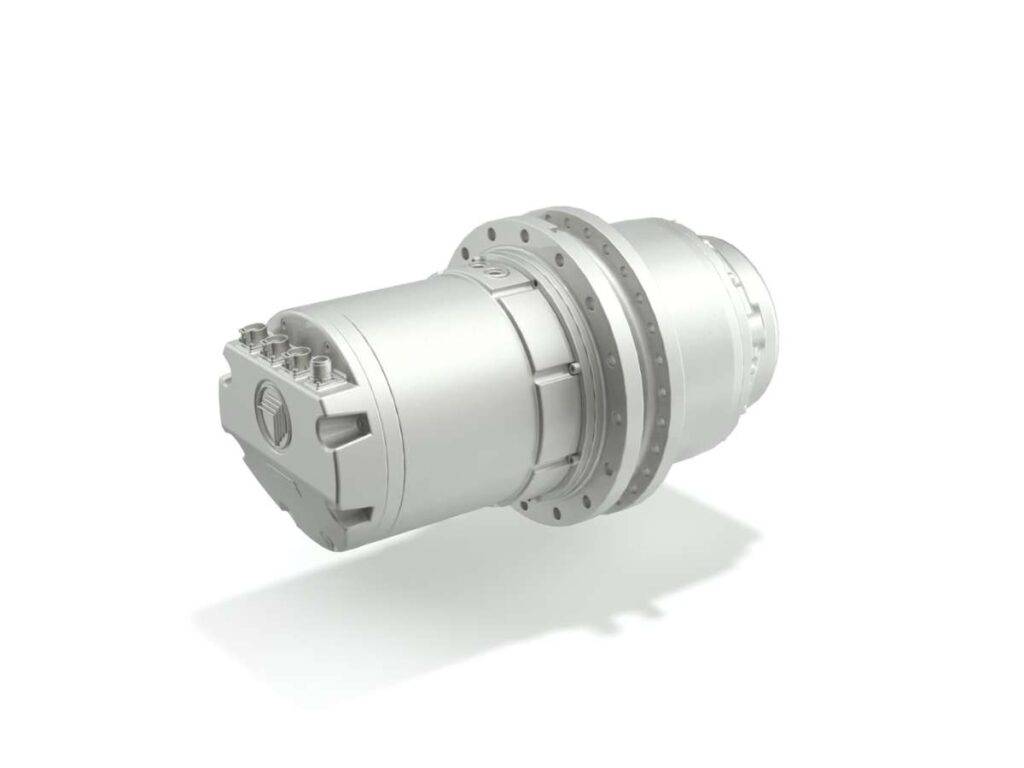
5. Planetary Gear Final Drives
Planetary gear final drives are widely used in heavy machinery due to their high efficiency and compact design. They consist of multiple gears working together to distribute power evenly. Here are some key features of planetary gear final drives:
- Even Power Distribution: Planetary gear final drives distribute power evenly across the gears. This feature reduces stress on individual gears, increasing the overall durability and lifespan of the drive system.
- High Gear Ratio Flexibility: Planetary gear systems offer multiple gear ratios, allowing operators to choose the most suitable speed and torque combination for different tasks. This flexibility enhances the machinery’s efficiency.
- Shock Absorption: The structure of planetary gear drives enables better shock absorption, which protects the system from sudden impacts or load variations. This capability minimizes damage during tough operations.
- Self-Aligning Capability: The gears in planetary systems can self-align during operation. This reduces the risk of misalignment and enhances the overall accuracy and smoothness of the drive.
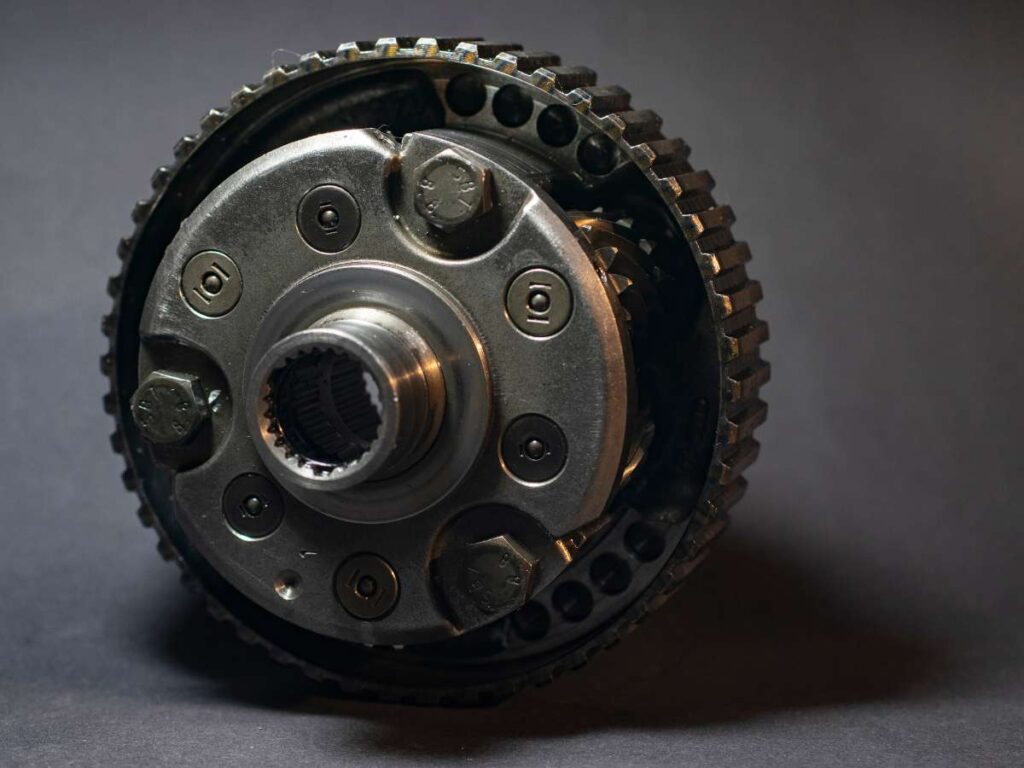
6. Chain Final Drives
Chain final drives are widely used in machinery and vehicles for their simplicity and durability. They transmit power using a chain and sprocket mechanism, making them reliable and cost-effective. Here are some key features of chain final drives:
- High Power Transmission Efficiency: Chains in these drives can transmit high amounts of power efficiently. This feature makes chain final drives suitable for applications requiring consistent and reliable power delivery.
- High-Speed Capability: Chain final drives can operate effectively at high speeds without compromising their power transmission capabilities. This makes them suitable for applications requiring faster rotations or movement.
- Strong Tensile Strength: The chains used in these drives possess high tensile strength, allowing them to withstand continuous tension without stretching or breaking under pressure.
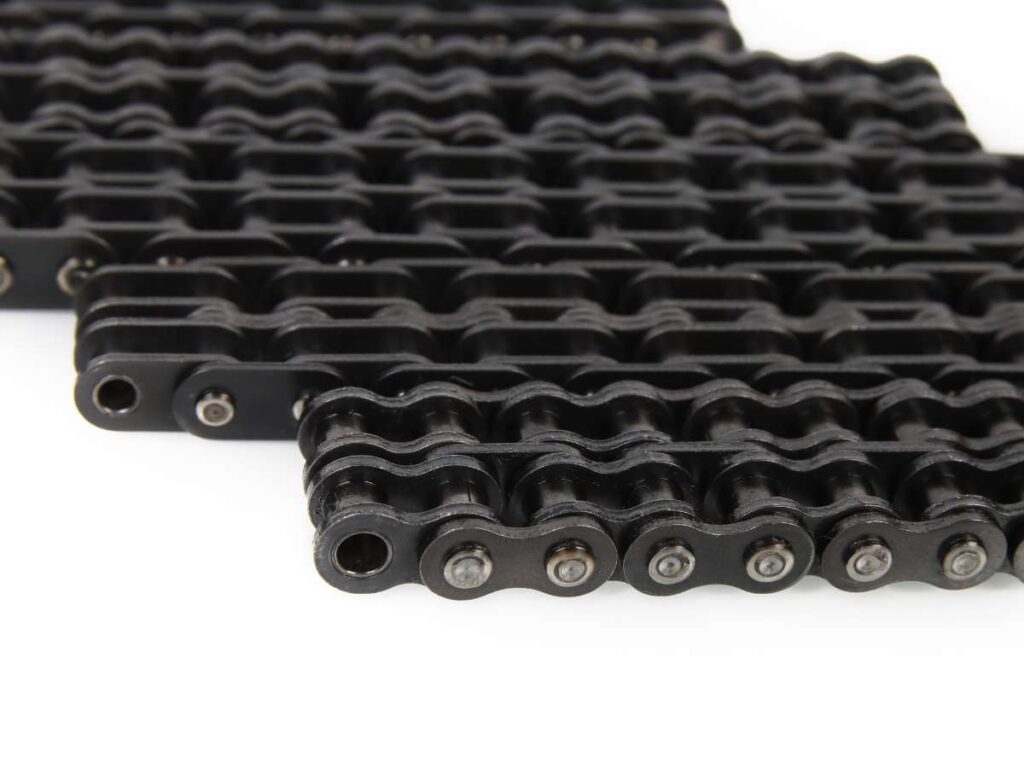
7. Belt Final Drives
Belt final drives are commonly used in machinery due to their ability to transfer power smoothly and quietly. They rely on belts to transmit motion between pulleys, providing reliable power delivery. Here are some key features of belt final drives:
- Thermal Insulation Properties: Belts provide a degree of thermal insulation between pulleys, which prevents the transfer of heat. This feature is particularly helpful in applications where excessive heat could damage other components.
- Non-Conductive: Belts made of non-conductive construction materials help reduce the risk of electrical hazards in machinery. This feature is valuable in equipment that operates near electrical sources.
- Variable Cross-Section Shapes: Belt drives can be manufactured with different cross-sectional shapes, such as V-belts, flat belts, or toothed belts. These shapes provide versatility in design and optimize efficiency based on application needs.
- Lightweight Pulley Requirements: Since belts are flexible and do not generate heavy stress, the pulleys used in belt final drives can be lightweight. This allows for the use of lighter materials like aluminum or plastic in pulley design.
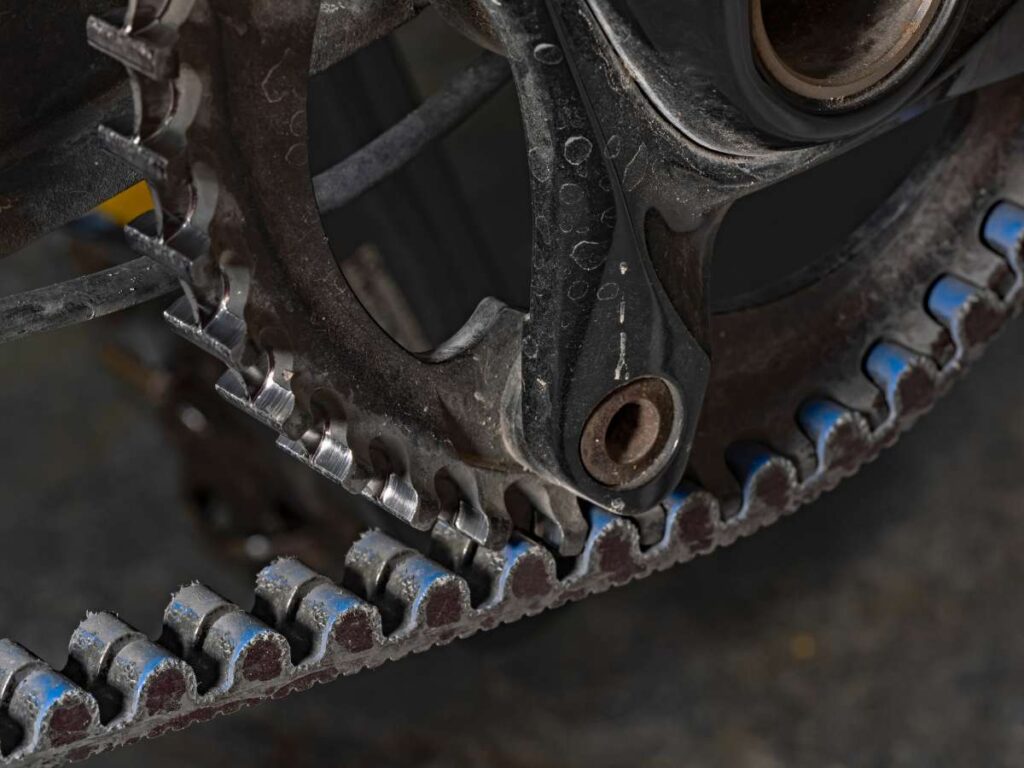
8. Shaft Final Drives
Shaft final drives are commonly used in heavy machinery and vehicles where a durable and direct power transmission system is needed. They use a solid shaft to transfer torque from the engine to the wheels or other components. Here are some key features of shaft final drives:
- Direct Power Transmission: Shaft final drives provide direct power transfer, which minimizes energy loss. This direct connection allows machinery to operate efficiently and improves responsiveness to controls.
- Torsional Rigidity: Shaft drives exhibit high torsional rigidity, meaning they resist twisting under heavy loads. This rigidity maintains power transmission accuracy and keeps machinery stable during operation.
- No Chain or Belt Stretching: Shaft drives avoid the stretching issues that belts and chains experience over time. This eliminates the need for frequent adjustments and enhances the overall reliability of the drive.

9. Double Reduction Final Drives
Double reduction final drives are used in heavy machinery to achieve higher torque while maintaining compact size. They use a 2-stage gear reduction system to maximize power transmission. Here are some key features of double reduction final drives:
- Gear Mesh Stability: The design provides stability during gear meshing, reducing vibrations and wear. This feature increases operational smoothness and extends the lifespan of the gear components.
- Integrated Sealing Systems: Double reduction final drives often feature integrated seals that protect internal components from contaminants like dirt, water, and debris. This helps maintain performance in tough environments.
- Self-Locking Capabilities: In some configurations, double reduction final drives have self-locking characteristics, which prevent backward movement when the machinery is stopped on an incline. This improves safety in heavy-duty applications.
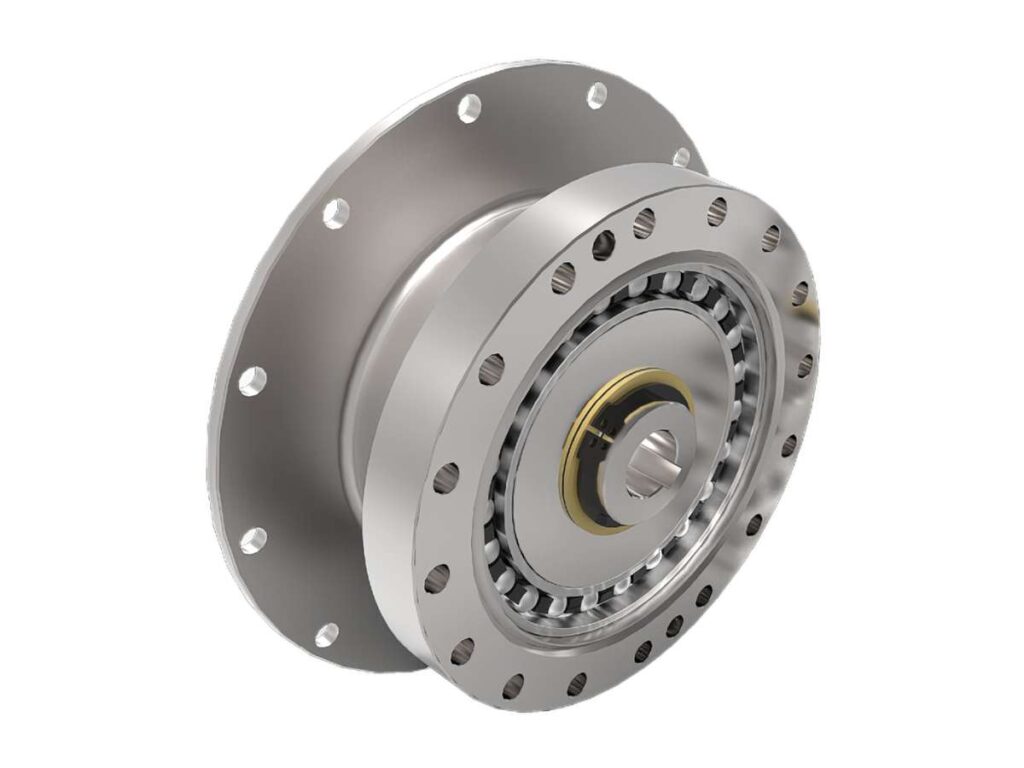
Conclusion
In conclusion, understanding the different types of final drives is key to improving machinery performance and efficiency. Selecting the right final drive ensures reliable operation and optimized power transmission for your equipment.
We hope this guide has helped you understand the different type of final drives. If you’re searching for high-quality excavator parts but getting delayed feedback on your inquiries from other manufacturers, consider EPO. We offer same-day quotations to promptly address your needs, along with professional service and an extensive SKU range. Contact us today!
Table of Contents
Recent Posts
Quick Quote
Fill out the form, get the quote in hours!
Recent Blogs
Sorry, we couldn't find any posts. Please try a different search.




